
Viral fashion and beauty trends K-pop idols started, from ‘glass skin’ to men in crop tops to hair dye in every colour imaginable
- Big Bang’s T.O.P and G-Dragon began dyeing their hair in fluorescent shades at a time when male K-pop idols were still following rigid aesthetic guidelines
- While coloured contact lenses are still not common in the West outside Halloween costumes, the market for them has expanded thanks to K-pop stars wearing them
If you’re a fan of Korean culture, you’ve probably noticed that the country’s celebrities used to have a very particular look that was established by mainstream media and the Korean pop industry.
Now it is influencing a move away from the unrealistic beauty standards established by the entertainment industry and towards finding your own style – a trend led by contemporary K-pop stars.
While the Korean entertainment industry continues to promote talent that meets its narrow beauty criteria, independent beauty brands and influencers are taking inspiration from vibrant K-pop music videos, bands’ photo shoots and stars’ make-up.
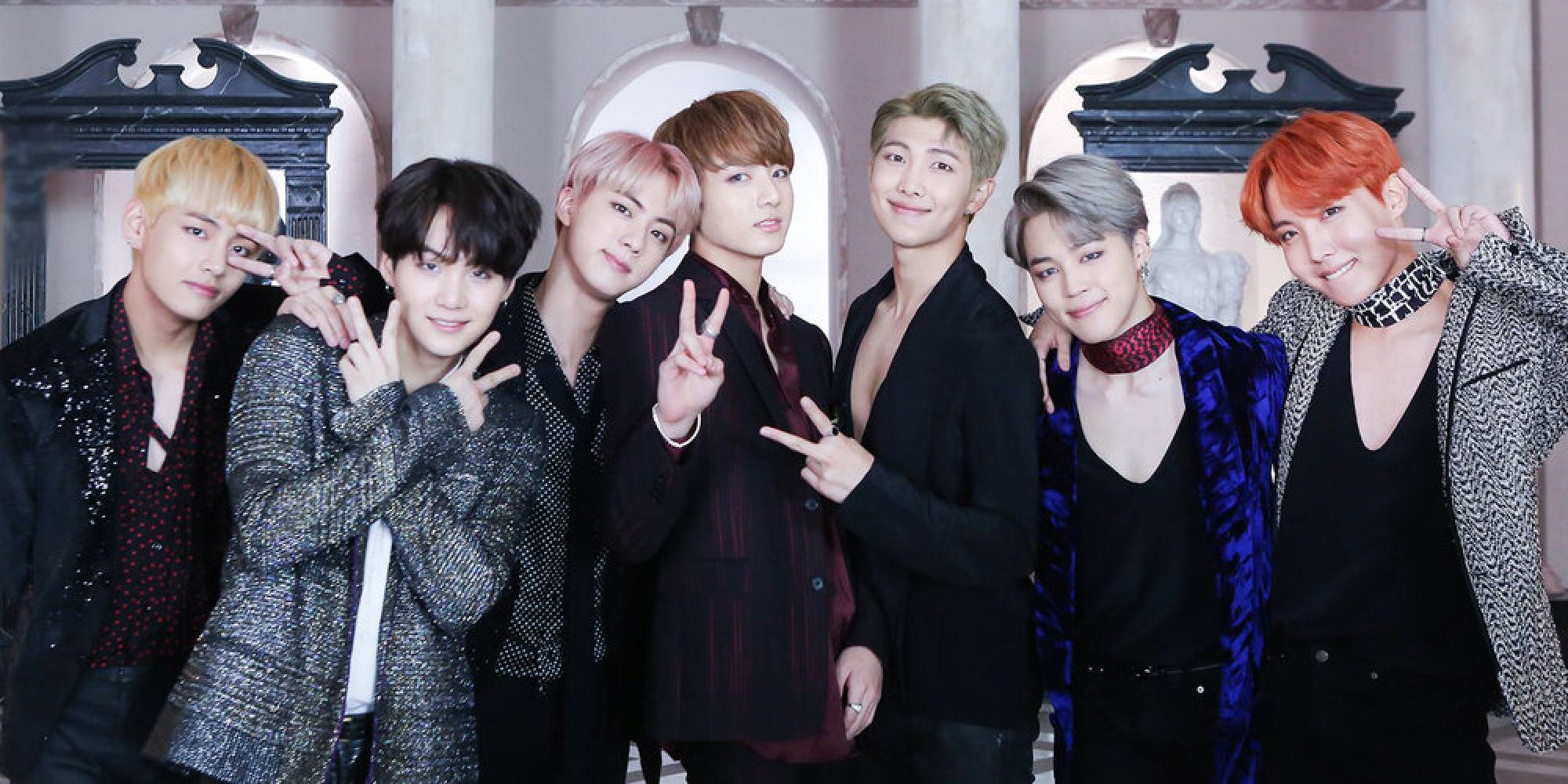
This shift is opening a door for K-pop idols to experiment more, to follow or start trends, and for the industry to be a bit more accepting of different looks.
There’s still a long way to go, but it’s undeniable that the prevalence of social media posts about K-pop has changed the beauty industry in many ways. Here are five of the recent trends that have become popular.
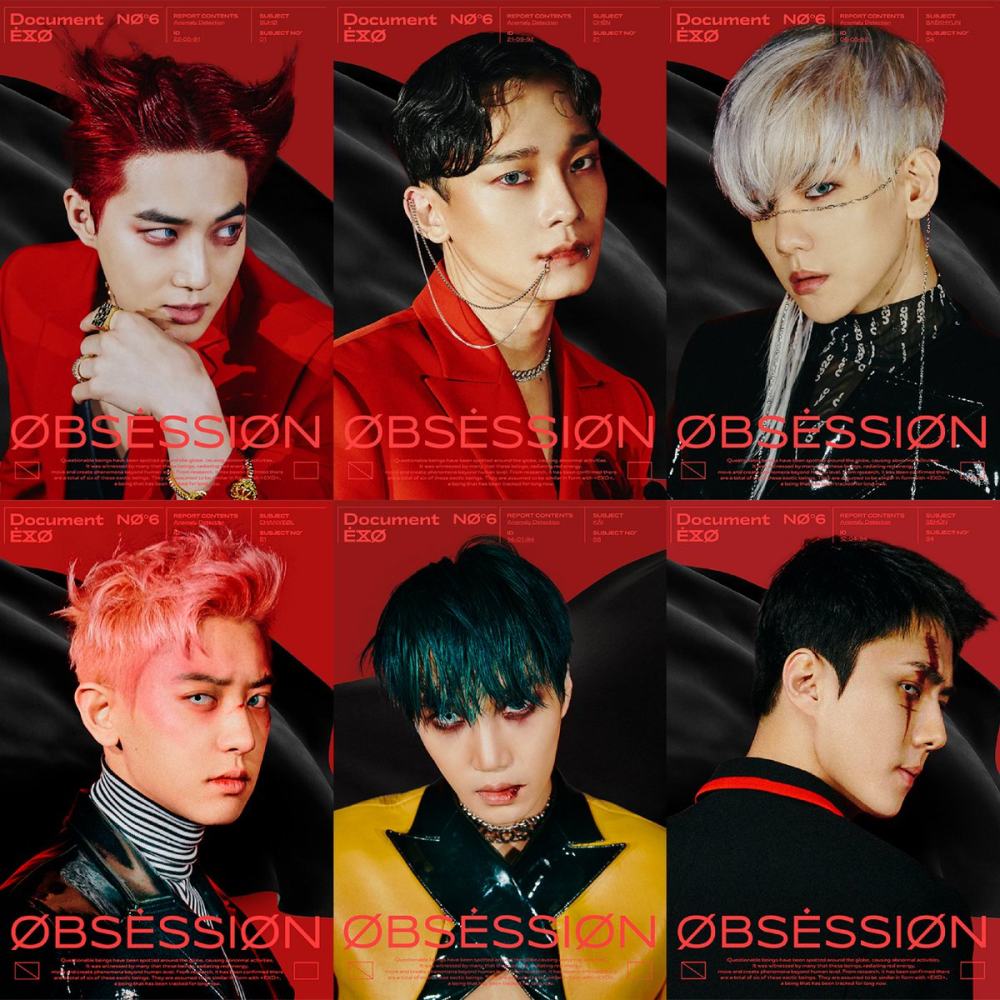
Rainbow hair mania
If there’s one thing that K-pop idols can take credit for, it is people around the world making their coloured hair dreams come true.
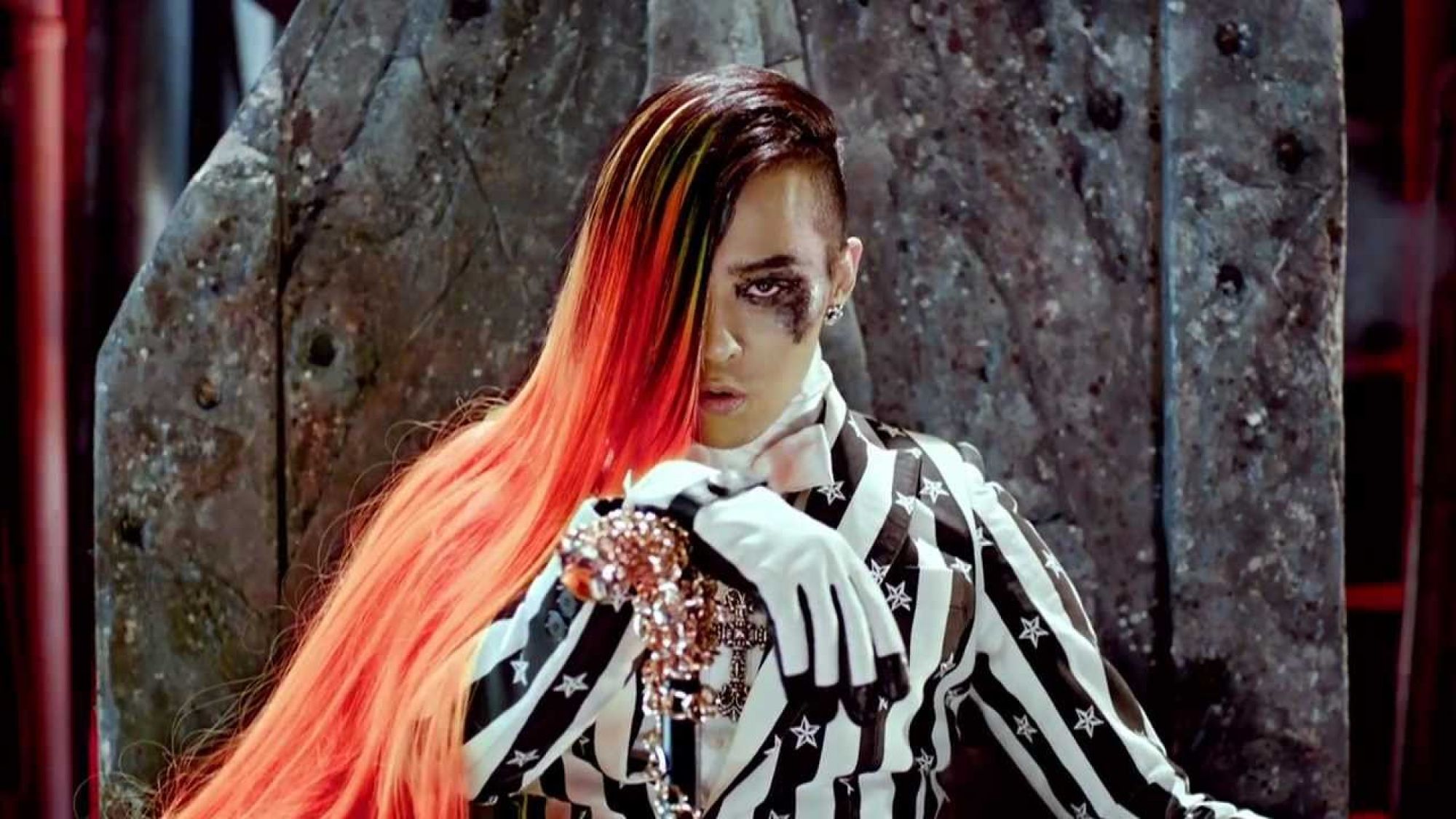
In K-pop, an idol sporting a new hair colour is usually a sign that something new is coming, whether that is an album, a music video or a single. This is why hair colour carries such weight in the Korean entertainment world and is one of K-pop’s most recognised characteristics.
While the trend has been embraced by the whole industry at this point, Big Bang’s T.O.P and G-Dragon were the trailblazers. They began dyeing their hair in fluorescent shades at a time when male K-pop idols had to follow rigid aesthetic guidelines.

Coloured contact lenses
While coloured contacts are still not commonly used in the West outside Halloween costumes, the market for coloured lenses is far larger than it was thanks to K-pop.
K-pop idols began wearing contacts to make their eyes look more doll-like – bigger and rounder. Over time, as with fantasy hair, they took on a life of their own, and idols used them to take their styling even further on stage and off duty.
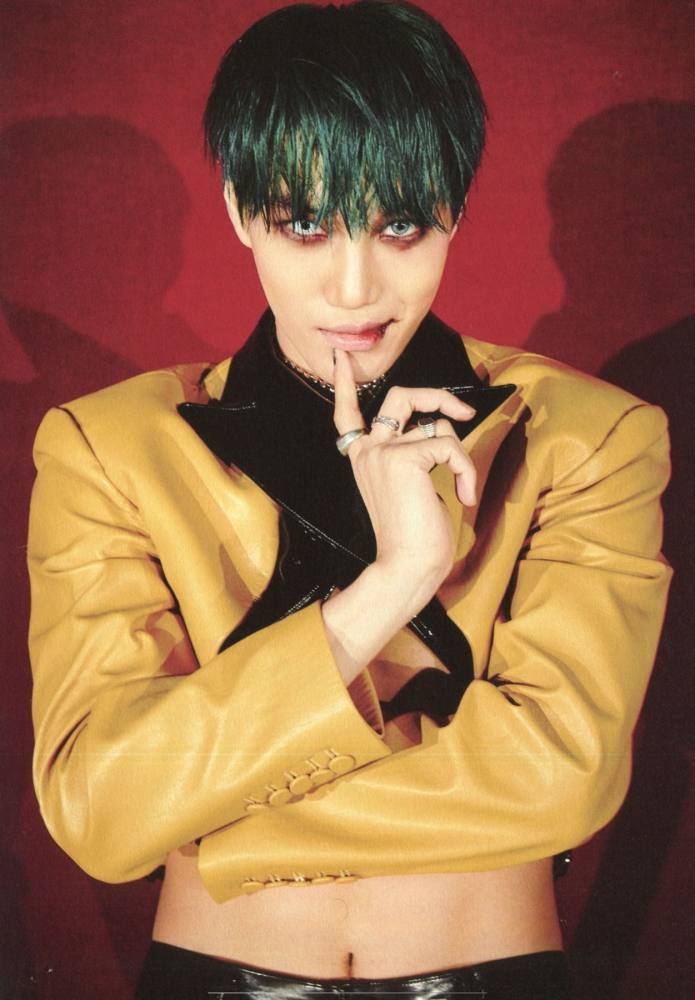
Men in crop tops
K-pop idols often defy fashion and beauty standards in their quest to take their looks to the next level, but there’s one particular item that some male idols have become obsessed with: crop tops.
While not quite a beauty trend, this movement, which adds a playful, sexy, and unexpected allure to their outfits, allows male idols to experiment with looks that would once have been considered too “feminine”.

It started in 2003, with boy band TVXQ’s androgynous make-up and fashion. Members of the group wore cropped shirts and suits that have made K-pop history. However, it wasn’t until Exo’s Kai made the crop top his signature piece that a new generation of idols internalised the trend and made it their own.
Although many people think of a crop top as a garment designed for women, these boys are making it clear that gender doesn’t matter when it comes to style.

2NE1’s new look
YG Entertainment’s girl group 2NE1 were breaking moulds from the very beginning. The quartet constantly defied the traditional Korean female stereotype by embracing more daring, colourful and audacious looks.
As their popularity increased, their beauty choices became bolder and more experimental, bucking mainstream standards. Contrary to the predictions of critics at the time, it helped them become beauty icons, and even ambassadors for international brands such as Maybelline.

2NE1 helped add bronze and gold to K-pop’s make-up palette, as well as popularising smoky eyes, bold eyeliner and contouring that produced a sharp, vivid look mainstream K-beauty was not used to.
They even inspired some popular K-beauty brands to produce items such as contouring sticks, darker foundations and matte setting powders.
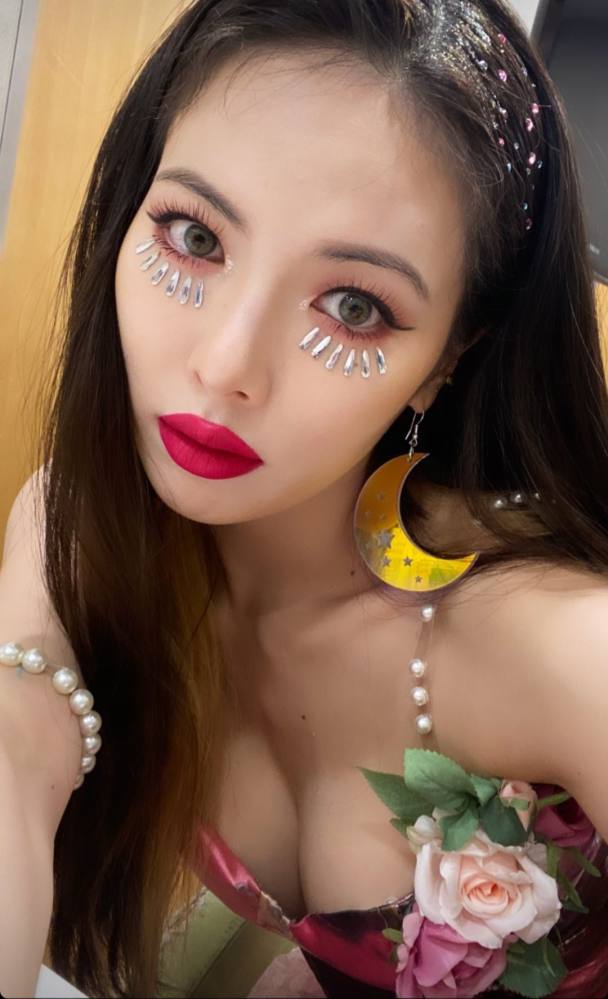
Diamanté everything
Make-up diamanté may have been one of the hottest trends of 2020, but K-pop idols have been bedazzling themselves for years.
What started with female idols gluing jewel stickers below their lower lashes to enhance their gaze has now become a trend adopted by men and women around the world as a way to add some extra sparkle to their everyday looks.

Be it crystals, diamantés or glitter, the K-pop beauty scene has found a playful, shiny partner that perfectly reflects the industry’s new-found willingness to let idols defy mainstream beauty standards and gender limitations.

